Stay in tune. Join our mailing list.
Thank you.

The Canberra Symphony Orchestra presents Earth and Sky: a deeply human exploration of our understanding of Earth and the universe through music. In 2024, the CSO remains dedicated to Australian voices, with an exceptional array of composers, guest artists and conductors throughout the concert season. We invite you to journey to the furthest reaches of the Earth and cast your gaze toward the heavens with your CSO.
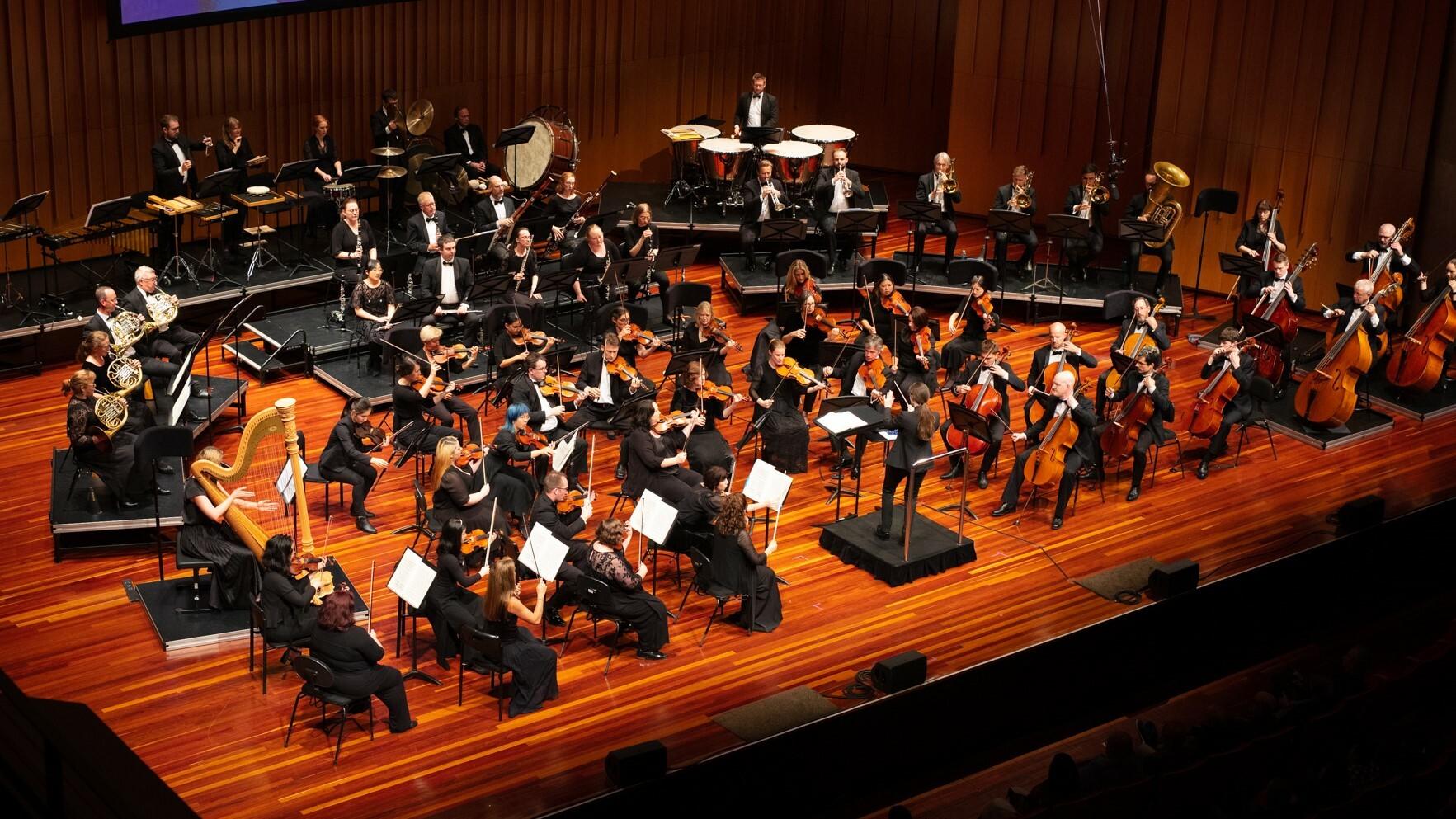
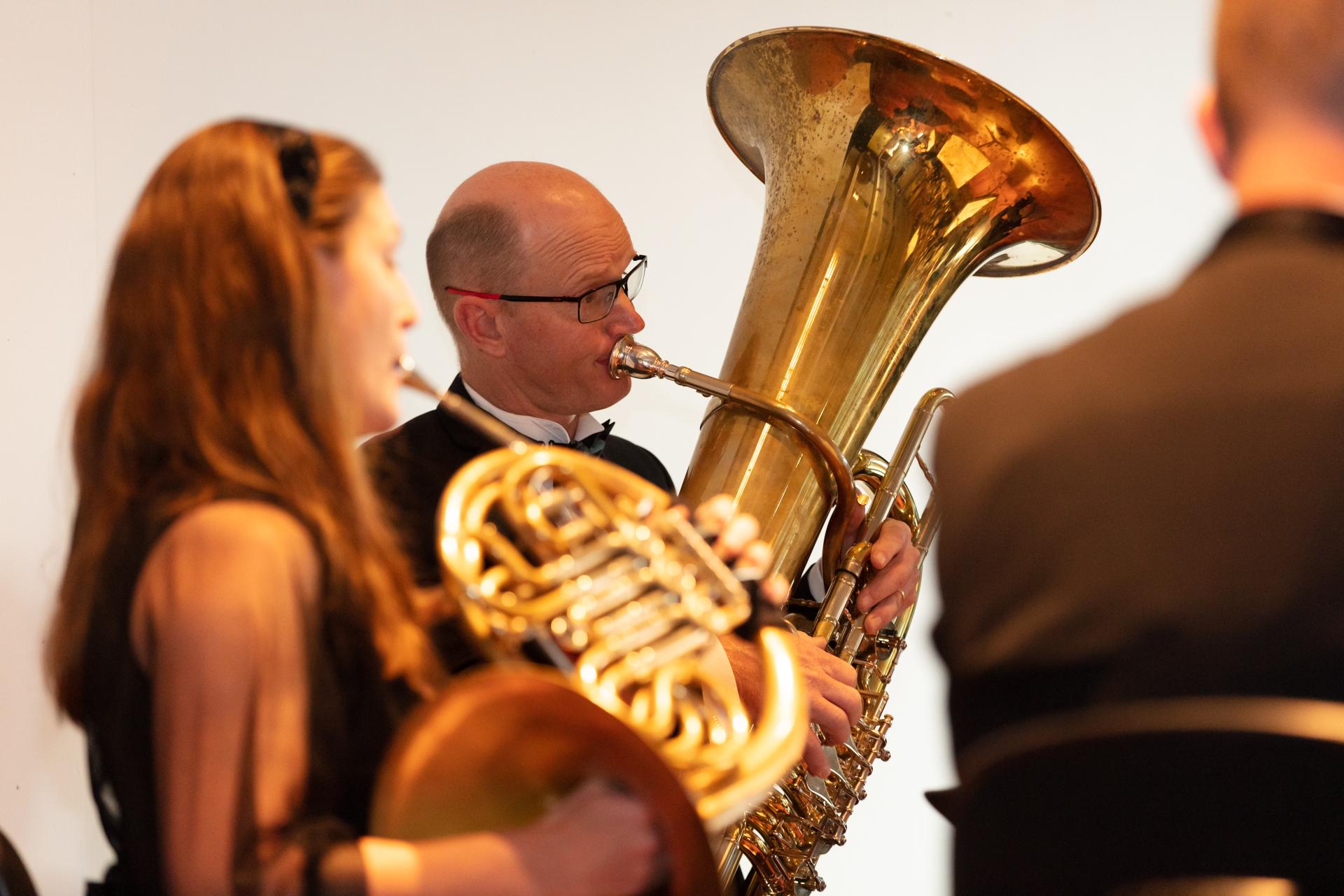
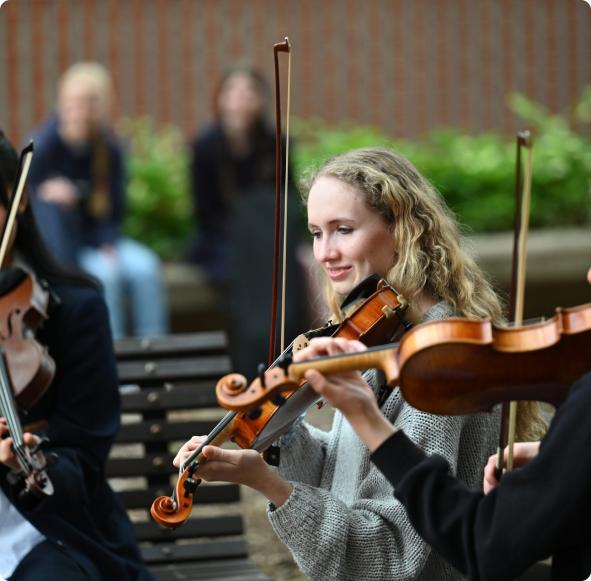

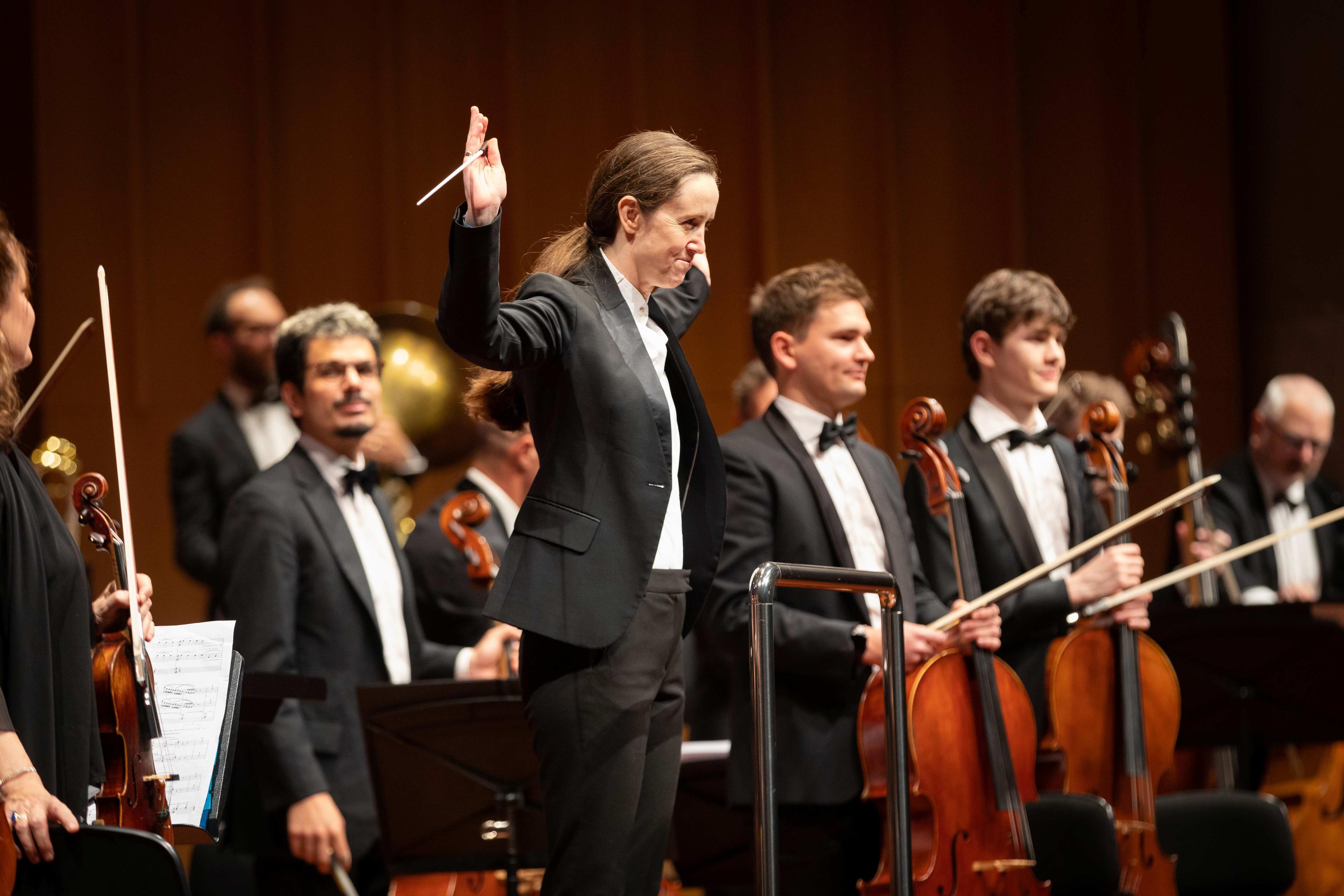
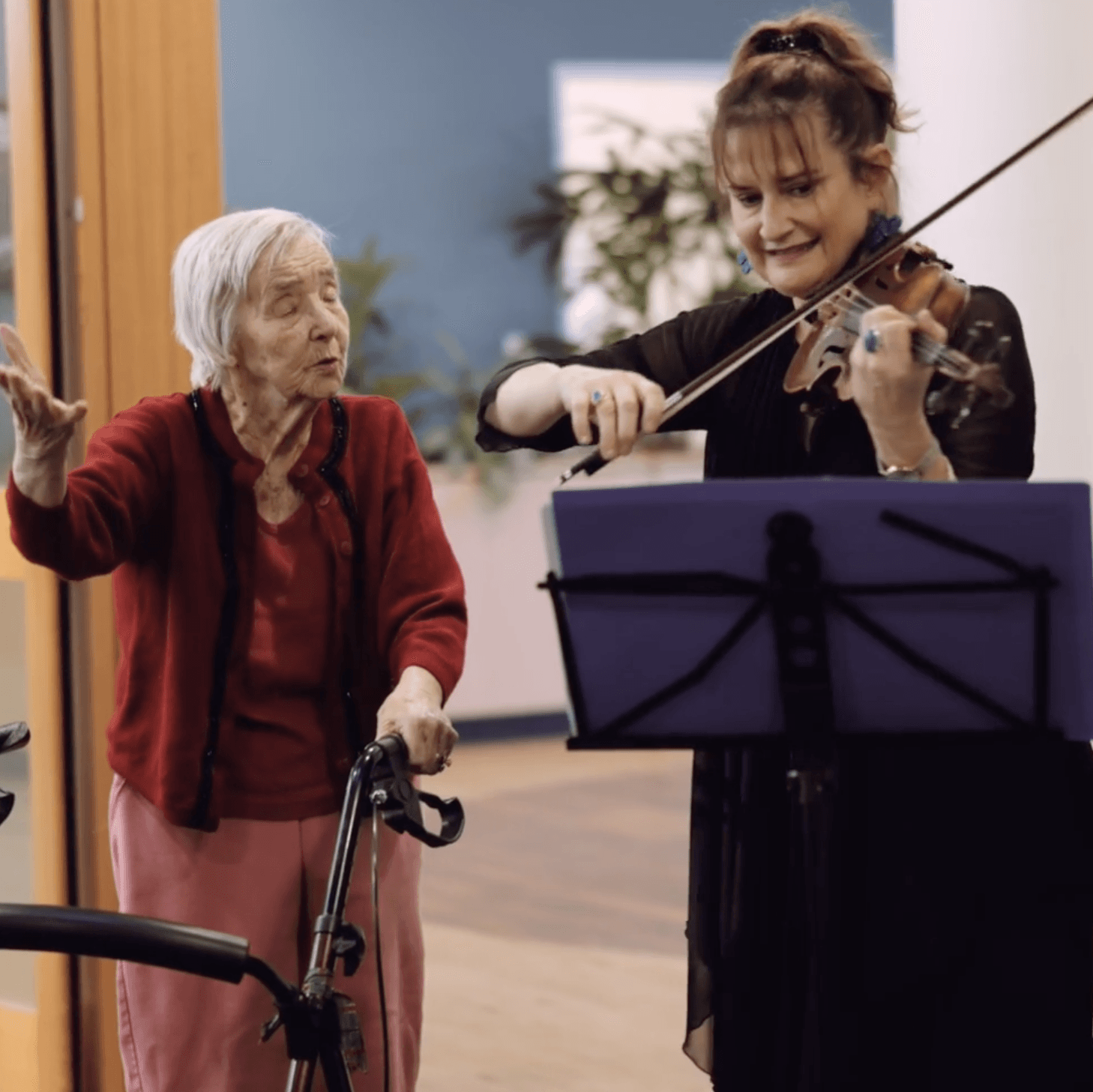
We reach thousands of Canberrans each year through high-calibre concert experiences, transformative community programs and our tailored youth training programs.
While the CSO receives some government support, we rely on fundraising to bring our artistic vision to life and deliver our community programs free of charge.
Every donation makes a difference.